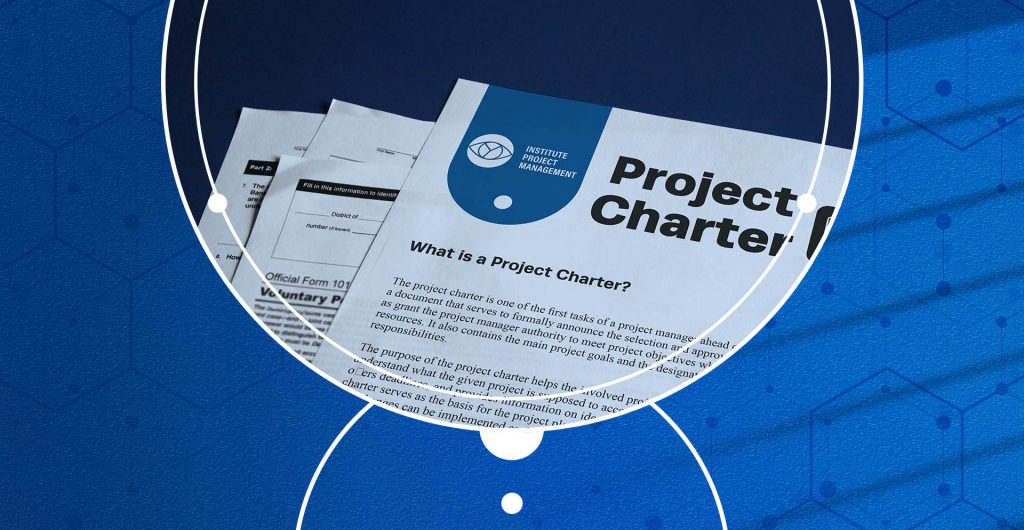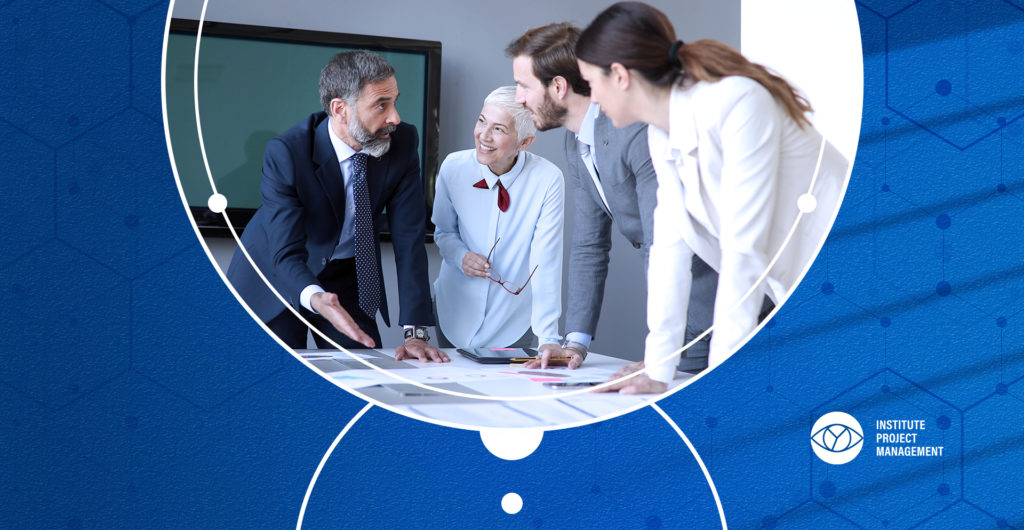
- Cursos
- Explorar por
- Asociación
- Cursos profesionales de IPM
- Diploma certificado en gestión de proyectos
- Diplomado en Gestión de Programas de Proyectos Estratégicos
- Diplomado en Gestión de Liderazgo de Proyectos
- Asociado de proyecto IPM®
- Profesional de proyectos de IA de IPM®
- Profesional de Proyectos Sostenibles IPM®
- Profesional de proyectos ágiles IPM®
- Profesional de proyectos IPM Scrum®
- Profesional de proyectos IPM PMO®
- Academia IPM y cursos cortos
- Gestión de las partes interesadas y comunicaciones
- Fundamentos del proyecto Microsoft
- Liderando y negociando para el éxito del proyecto
- Proyectos más inteligentes con IA: herramientas para gestores de proyectos modernos
- Dominio de las finanzas de proyectos: presupuesto, seguimiento y ejecución
- Negociador de proyectos: Consiga la aceptación y cree alineación
- Project Risk Pro: Mitigar, gestionar, tener éxito
- El poder de la cartera: cómo dominar la selección y la estrategia de proyectos
- Proceso de dar un título
Descripción general de la certificaciónInfórmese sobre los certificados de PM.
Certificación IPMEspecialista desde 1989 en formación y capacitación en gestión de proyectos de primera calidad.
Certificación IPMAFundada en Suiza (1965), la primera asociación profesional de gestión de proyectos del mundo.
Certificación PMIAsociación con sede en EE. UU. más conocida por las certificaciones PMP, CAPM y ACP.
Certificación PRINCE2®Desarrollada en el Reino Unido, es la metodología líder en Gestión de Proyectos.
- Centro IPM
Acerca del centro IPMUn centro dedicado para profesionales de la gestión de proyectos en todos los niveles.
Membresía IPMÚnase a nuestra comunidad para obtener recursos exclusivos de gestión de proyectos y establecer contactos.
Eventos mensuales de EMEADescubra, asista y establezca contactos en nuestros eventos de gestión de proyectos.
TutoríaExplore nuestro programa de tutoría para un crecimiento profesional acelerado.
- Recursos
Todos los recursosExplore nuestra biblioteca con cientos de artículos sobre gestión de proyectos.
Perspectivas de expertosObtenga experiencia profunda de profesionales líderes en la industria.
Libros electrónicos y kits de herramientasSumérjase en el mundo de recursos descargables completos y aumente sus conocimientos.
Publica tu escrituraEnvíe sus escritos a IPM, obtenga PDU y obtenga acceso a nuestra Comunidad Global.
Portal de empleo de IPMExplore las ofertas de trabajo más recientes relacionadas con proyectos.
- Acerca de
El InstitutoFundada en 1989, IPM es reconocida como una de las principales empresas educadoras especializadas en PM.
FacultadDescubra a nuestros expertos en la materia que cuentan con una gran experiencia.
Consejo Asesor GlobalActualizado con las mejores ideas en gestión de proyectos.
Solicitar conferencia o voluntarioInspire a la próxima generación de gerentes de proyectos y genere un impacto en la industria.
Postularse para pasantía o embajador del campusRealiza prácticas y moldea la vida del campus como embajador.
- Contacto




















































































































